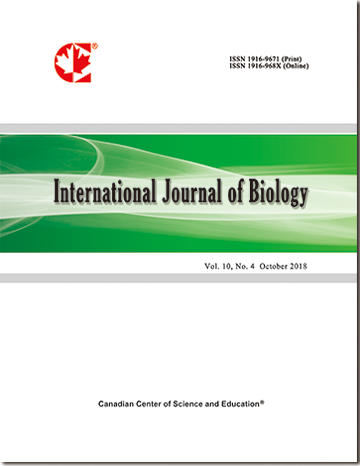Specific Resistance Genes in Wheat Chinese Landrace ‘Wangshuibai’ against Two Iranian Mycosphaerella graminicola Isolates
- Reza Talebi
- Mohsen Mardi
- Nadali Jelodar
- Mohammad Razavi
- Seyed Pirseyedi
- Gert Kema
- Rahim Mehrabi
- Mohsen Ebrahimi
- Thierry Marcel
Abstract
Septoria tritici blotch, caused by the fungus Mycosphaerella graminicola, is currently the major foliar disease of
wheat world-wide, and new sources of resistance and knowledge about the genetics of resistance are needed to
improve breeding for resistance against this disease. An F10 recombinant inbred population from a cross between
‘Wangshuibai’ (Chinese landrace) and the susceptible cultivar ‘Seri82’ was tested at seedling stage under
controlled greenhouse conditions. Two isolate-specific genes for resistance to Iranian M.graminicola isolates
IPO08002 and IPO08003 were detected on Chromosomes 2BL and 7DS, respectively. For both genes the
resistance was derived from ‘Wangshuibai’ at positions where Stb9 (on 2BL) and Stb4 (on 7DS) have been reported previously. These two genes are closely linked to microsatellite markers, which can be used for
marker-assisted selection. ‘Wangshuibai’ may therefore be a valuable source of resistance to STB for wheat
breeding, especially in Mediterranean environments.
- Full Text:
 PDF
PDF
- DOI:10.5539/ijb.v2n2p181
Journal Metrics
h-index (December 2021 ): 37
i10-index (December 2021 ): 149
h5-index (December 2021 ): N/A
h5-median (December 2021 ): N/A
Index
- ACNP
- AGRICOLA
- BASE (Bielefeld Academic Search Engine)
- CAB Abstracts
- CiteFactor
- CNKI Scholar
- CrossRef
- DTU Library
- Elektronische Zeitschriftenbibliothek (EZB)
- Excellence in Research for Australia (ERA)
- Google Scholar
- Infotrieve
- LIVIVO (ZB MED)
- LOCKSS
- Max Planck Institutes
- MIAR
- PKP Open Archives Harvester
- Qualis/CAPES
- ResearchGate
- ROAD
- SafetyLit
- SHERPA/RoMEO
- Technische Informationsbibliothek (TIB)
- Universe Digital Library
- WorldCat
Contact
- Ryan JonesEditorial Assistant
- ijb@ccsenet.org
